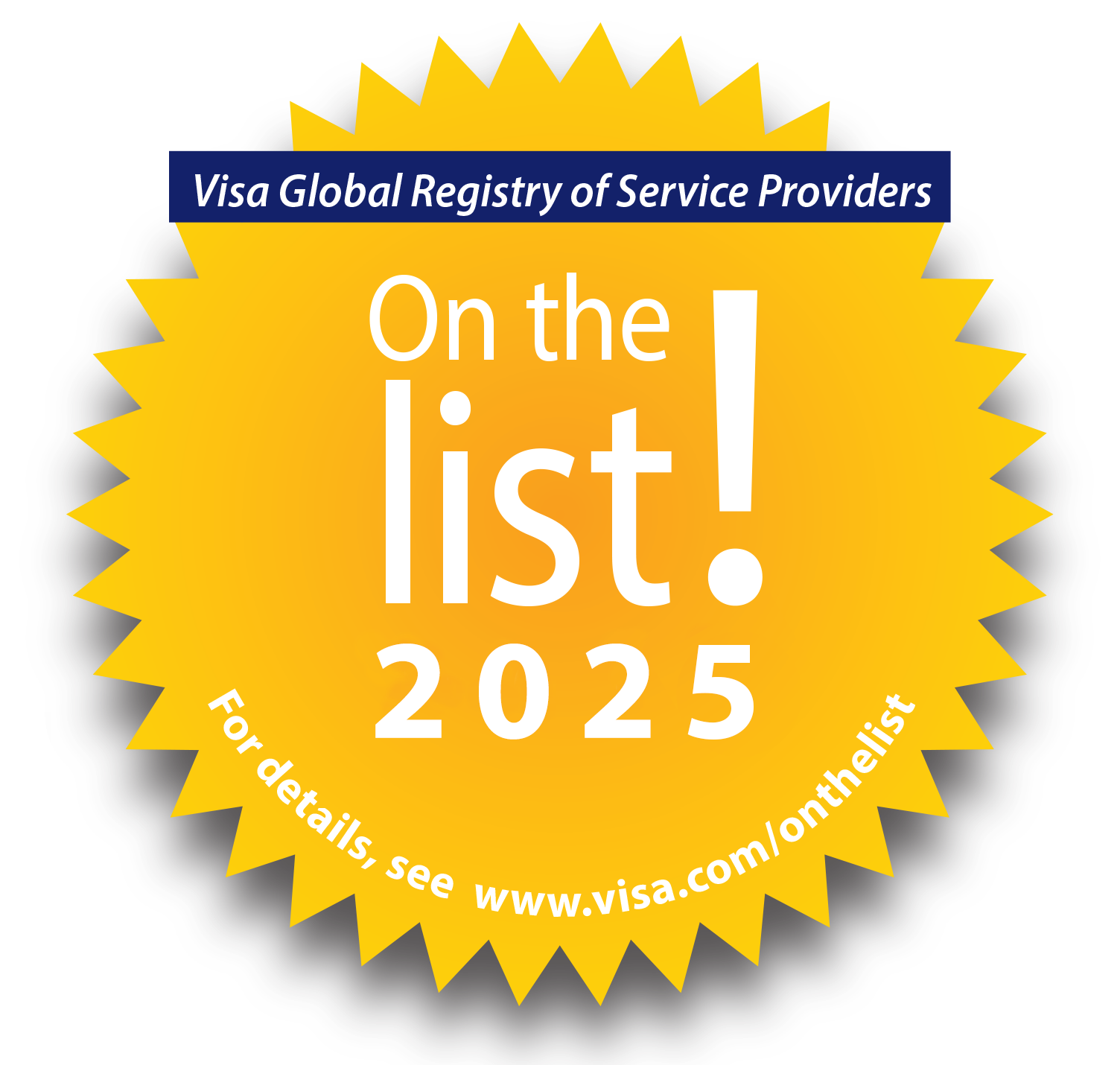Straight-through processing. Touch-free invoice processing. Hands-free invoice processing.
No matter what you call it, accounts payable (AP)The amount a company owes to suppliers for goods and services received but not yet paid. professionals can be excused for dreaming of the day when the invoices they receive from suppliers are posted directly to an enterprise resource planning (ERP) application or accounting softwareA system for recording and managing a company’s financial transactions, often integrated with ERP and AP solutions. package without anyone having to lift a finger.
But the way that most AP departments process and pay invoices is more of a nightmare than a dream.
From keying invoice data and chasing down approvals to resolving exceptions and executing payments, the invoice-to-pay process at most organizations involves lots of manual intervention.
Only 26 percent of invoices are posted without any human intervention, studies show.
Worse, the burden of manual invoice-to-pay tasks only gets bigger as an organization grows.
No wonder 38 percent of AP leaders surveyed for the Institute of Finance and Management’s (IOFM) 2023 Accounts Payable Performance benchmarking report identified automating manual tasks as their top priority and 37 percent of AP leaders cited improving processes as their top priority.
Additionally, McKinsey estimates that 79 percent of invoice processing tasks are “mostly or fully automatable.”
Top barriers to touch-less invoice-to-pay processing
So, what’s standing in the way of touch-less invoice-to-pay processing?
A lot of the blame for manual invoice processing can be placed on the antiquated approach that most AP departments take to capturing the amount, due date, purchase order (PO)A formal document issued by a buyer authorizing the purchase of goods or services under agreed terms. R number, quantity, pricing information and other header and line-item details from the invoices submitted by suppliers.
Outdated approaches to processing invoices contribute to two common types of exceptions:
-
Manual exceptions.
At best, manually keying invoice data is 98 percent accurate. While a 2 percent error rate may not sound like much, a single typo or transposed number can create big downstream problems and potentially delay the financial closeThe process of finalizing all accounting entries at the end of a reporting period to produce financial statements. G. Making matters worse, keying errors are unpredictable and can be difficult and time-consuming to detect.
-
Optical character recognition (OCR) exceptions.
OCR technology is between 80 and 99 percent accurate, depending on the complexity and the quality of the supplier invoice. But errors in how OCR templates and data extraction rules are set up can also contribute to invoice exceptions. OCR systems also generate false positives. Artificial intelligence (AI)The use of computer systems to simulate human intelligence processes like learning, reasoning, and decision-making—often applied in AP automation for data capture, fraud detection, and workflow optimization. B will not catch every OCR capture error. And there’s no guarantee that an OCR system will accurately match a supplier invoice with PO data residing in a buyer’s ERP or accounting softwareA system for recording and managing a company’s financial transactions, often integrated with ERP and AP solutions. package. Forty-four percent of AP departments say they experience a first-pass mismatch on 11 percent or more of their PO invoices, IOFM finds. Moreover, ensuring optimum performance from an OCR system requires constant maintenance and training.
Similarly, undetected duplicate invoices compound the problems caused by manual and OCR exceptions.
The benefits of intelligent data captureAI-powered technology that extracts, validates, and structures data from invoices or documents with high accuracy.
While AP departments cannot prevent certain types of invoice exceptions – such as supplier invoices that don’t include a PO number – the intelligent data captureAI-powered technology that extracts, validates, and structures data from invoices or documents with high accuracy. technology built into integrated invoice-to-pay platforms can help AP departments take a giant step towards touch-less processing.
Intelligent data captureAI-powered technology that extracts, validates, and structures data from invoices or documents with high accuracy. uses OCR and other technologies as well as humans-in-the-loop to extract header and line-item details from invoices with 99.5 percent or better accuracy. Intelligent data captureAI-powered technology that extracts, validates, and structures data from invoices or documents with high accuracy. solutions also provide a single platform for processing any supplier invoice, regardless of whether it was submitted via the mail, email, secure file transfer, or a portal. And in cases where there is a true invoice exception, the best invoice-to-pay platforms provide autonomous detection of invoice exceptions, expert-assisted resolution services, and online collaboration between parties.
By capturing invoice data with such a high degree of accuracy, and streamlining the resolution of invoice exceptions, intelligent data captureAI-powered technology that extracts, validates, and structures data from invoices or documents with high accuracy. solutions reduce the cost to process invoices by 60 percent or more, eliminate process exceptions, and free staff to focus more time on higher-order activities such as analyzing invoice data for opportunities to capture early payment discounts.
Ready to make touch-less invoice-to-pay processing your AP department’s reality?
- Assess your department’s current invoice-to-pay technology. Does your department rely on outdated OCR technology?
- Evaluate your current processes. Look for opportunities to eliminate manual tasks such as keying, shuffling paper and emails, fixing errors and mistakes, and chasing down approvals.
- Benchmark your department against your peers. Does your AP department manually handle too many of the invoices it receives from suppliers? What percentage of the invoices you receive can be posted directly to your ERP application or accounting softwareA system for recording and managing a company’s financial transactions, often integrated with ERP and AP solutions. package?
- Strive for end-to-end automation. Give preference to solutions that will automate your entire invoice-to-pay cycle – from invoice receipt through payment reconciliationThe process of matching financial records—such as payments and invoices—to ensure accuracy in accounting and reporting..
AP departments no longer need to settle for manual invoice-to-pay tasks.
The intelligent data captureAI-powered technology that extracts, validates, and structures data from invoices or documents with high accuracy. solutions built into integrated invoice-to-pay solutions eliminate the manual and OCR exceptions that stand in the way of touch-less processing.
___________________________________________________________________________________________________________________
Edenred PayEdenred Pay is the market leader in B2B payments automation., an Edenred Company, is the global leader in invoice-to-pay automation. Our integrated platform connects businesses with suppliers, ERPs, banks, FinTechs, and payment rails to automate, optimize, and monetize the entire B2B payments lifecycle – from invoice receipt through payment reconciliationThe process of matching financial records—such as payments and invoices—to ensure accuracy in accounting and reporting.. Edenred Pay’s efficient, integrated solutions create a frictionless process and help deliver value to the enterprise by enhancing visibility and monetizing AP.
Visit www.edenredpay.com or contact us to learn more.

Ready to elevate your B2B payments?
Whether you are automating for the first time, ready to refresh your existing technology, or looking for ways to complete the ‘last mile’ of automation, Edenred Pay can help. Let’s chat about your needs.







